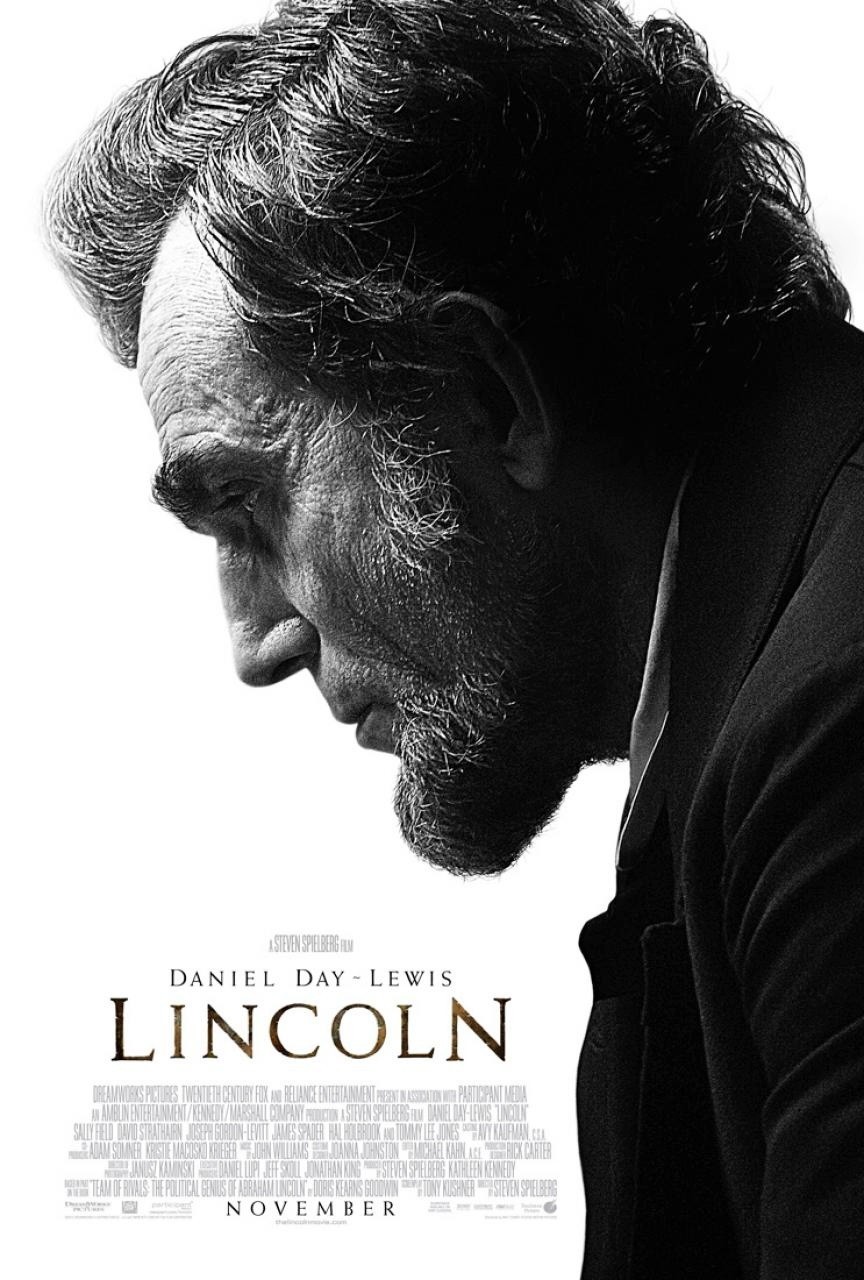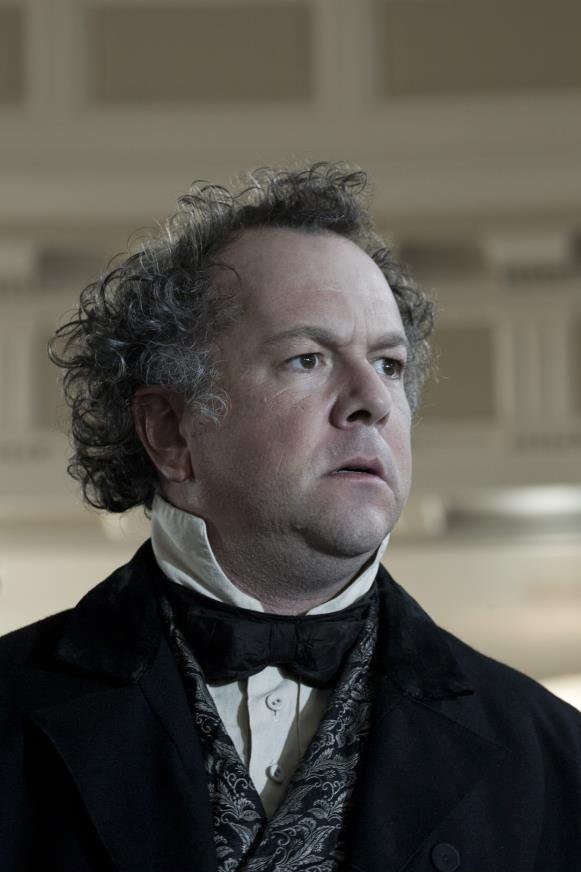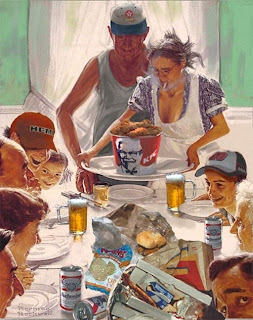 |
| Source: Touchstone Pictures |
Saw Lincoln last night. Wow.
There were so many places it was dead on that I can't completely list it.
After having the chance to explore Civil War Washington last summer, I think they got all of that right. Would have loved more about the Southern leaning Georgetown but that is probably just me.
After having read The Impeachment of Abraham Lincoln, it felt like they got the social structure of the era right.
One of my favorites details was Peterson's Boarding House...the size of the room, the bed itself, even the blanket is exactly right. Even having Lincoln too tall for the bed was correct.
One of my favorite moments was the meeting between Mary Todd Lincoln and Thaddeus Stevens at the party. It was a joy to watch--well written and as perfect a moment as I could have hoped for between Fields and Jones.
Performances were brilliant. Daniel Day Lewis, Sally Field, Tommy Lee Jones. Pitch perfect.
 |
| James Mitchel Ashley (Source: Dickinson College) |
 |
| David Constabile as Ashley (Source: Touchstone Pictures) |
The rant:
I wish they hadn't placed the last moment we get of Tommy Lones where it was. I know it was put there by Spielberg for dramatic effect, but it changes our perception of Thaddeus Steven's motives. I also see conflicting evidence whether it is historically accurate or not. The complexities of other relationships had to be winnowed down, and, I don't think we lose anything by cutting that scene. If the decision is to keep it in...I wish it had been moved earlier. This moment tells us something about Thaddeus Stevens, but it shouldn't be the defining moment. By putting this moment at then end, the last moments became about wrestling with his real motivations. The moment should end on the House floor.
Should Mr. Spielberg need a consult...I am available.






.jpg)




.jpg)




.jpg)



.jpg)



